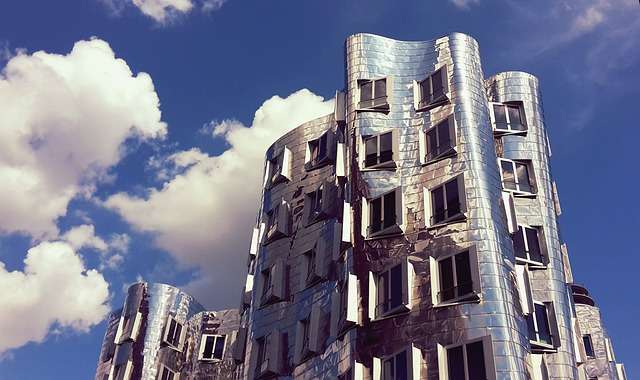
In the dynamic landscape of urban development, the Build-to-Rent (BtR) sector is becoming a cornerstone of innovation in the residential housing market. Across Australia, New Zealand, and the United Kingdom, this burgeoning real estate model is addressing the ever-growing demands of city dwellers through a pioneering approach that prioritises community, convenience, and a high standard of living. This movement transcends the traditional paradigm of housing by fostering vibrant, sustainable communities that are tailored to the multifaceted needs of their residents.
Read more about sustainable development.
The essence of the BtR revolution lies in its promise of quality and stability. It has rapidly gained traction, offering amenity-rich living spaces that appeal to a diverse tenant base, from upwardly mobile young professionals to families seeking permanence and community ties. The BtR model is marked by its commitment to delivering superior living standards and environmental sustainability while concurrently promising stable returns on investment. Investors are enticed by the prospect of a consistent rental income and the potential for capital growth, but this is not without its challenges. The sector faces the headwinds of high management costs and market fluctuations, compounded by the escalating expenses in labour and construction that could impede the viability of future ventures.
Regulatory complexities have also posed significant hurdles for the BtR sector. In New Zealand, the Overseas Investment Act (OIA) and Australia’s rigorous foreign investment protocols have traditionally acted as constraints to international participation. Nonetheless, governments are recognising the necessity for reform. Measures such as revisions to investment regulations and the provision of financial inducements are being implemented to encourage the advancement of BtR projects. Despite these obstacles, the BtR sector in the UK has seen a surge in growth, with a record number of units reaching completion. This expansion extends beyond typical urban apartments, embracing family-friendly dwellings such as townhouses. Australia and New Zealand, though nascent markets, confront a sharp demand for rental properties, indicating the significant role BtR could play in rectifying housing shortages and elevating the standard of urban living.
BtR’s commitment to sustainable development resonates with the contemporary ethos of environmental consciousness. The integration of Environmental, Social, and Governance (ESG) principles into BtR initiatives is not simply catering to the preferences of eco-aware tenants; it is also attracting investors seeking assets with green credentials. This alignment with environmental stewardship is becoming a hallmark of the BtR sector, reflecting its adaptability and responsiveness to the evolving values of society.
By the advent of 2024, the BtR sector’s trajectory indicated robust growth. The UK reported over 100,000 BtR units completed, with many more in the pipeline. New Zealand’s progress was notable, with upwards of 1,300 units finalised and additional projects forthcoming. Australia’s emerging BtR market, with more than 5,000 units finished and a plethora of developments in progress, suggests a sector with remarkable potential, anticipated to reach a valuation close to A$39 billion upon completion of all planned projects.
Looking towards the future, the BtR sector stands as a beacon of residential living innovation. Its ability to deliver scalable, stable, and high-quality housing solutions positions BtR as a fundamental component in the architecture of urban development. As the sector matures, it diversifies its offerings, ranging from townhouses to medium-density constructions, thereby catering to an even broader demographic of residents.
The smoothing of the regulatory landscape by governments, coupled with the industry’s shift towards sustainable practices, means that BtR is transforming not just the physical skyline of our cities but also setting new standards for housing in the future. This sector epitomises the harmonious balance between investment viability, a focus on the needs of tenants, and a commitment to environmental guardianship.
In essence, the Build-to-Rent sector embodies the vision of what urban living aims to achieve in the years ahead. As it continues to navigate its path through the intricacies of challenges and opportunities, BtR developments in Australia, New Zealand, and the UK are paving the way for a new era in residential housing. For investors, policymakers, and residents alike, the narrative of BtR is one saturated with the potential for growth, innovation, and advancement, leading us towards a future where the pursuit of quality living and sustainable practices are seamlessly interwoven.


Be the first to comment